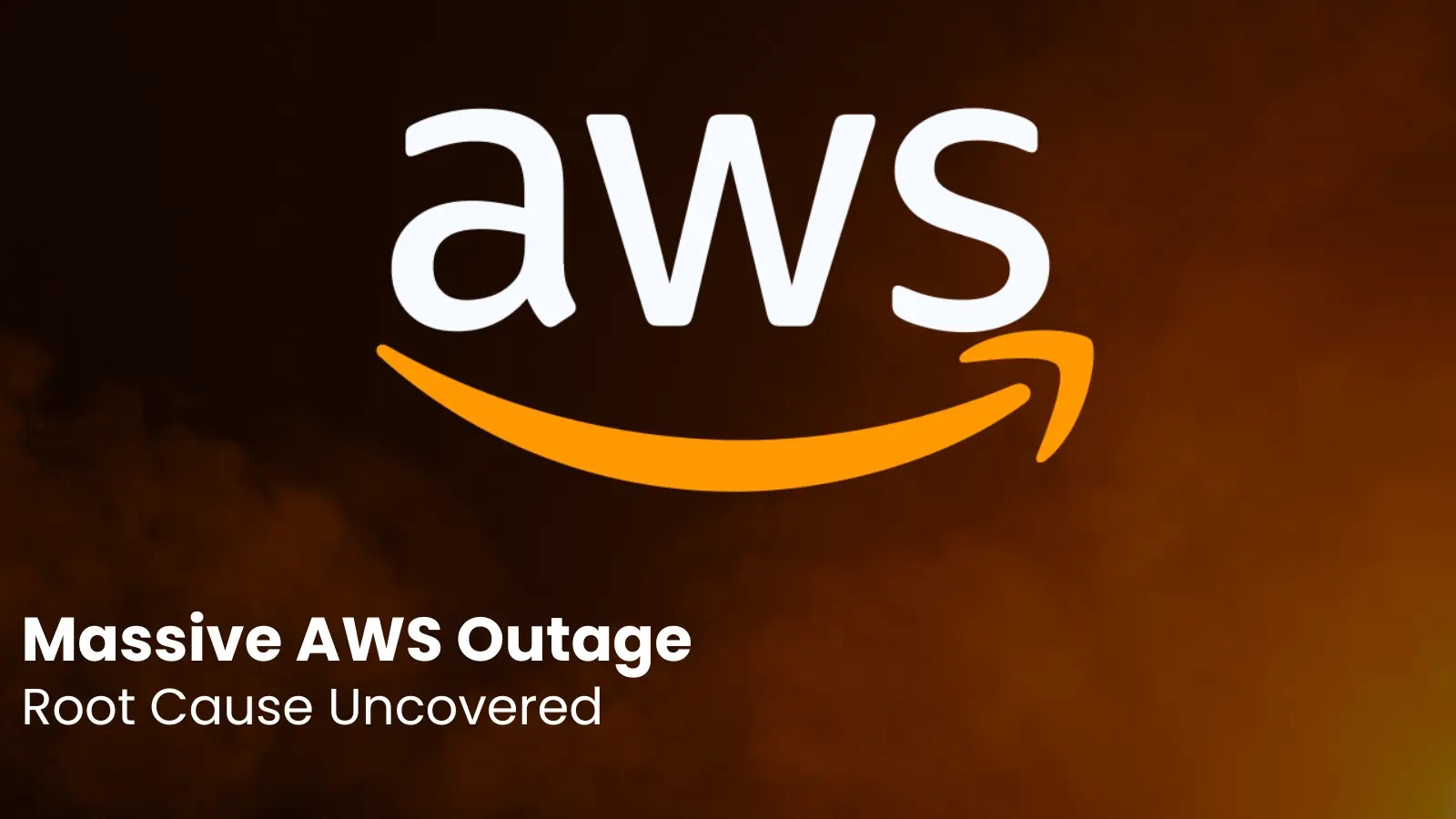In the ever-evolving landscape of cybersecurity, vulnerabilities in widely used software applications present significant risks. One such vulnerability, identified as CVE-2017-11882, has been a focal point for cybercriminals due to its longstanding presence and potential for exploitation.
Understanding CVE-2017-11882
CVE-2017-11882 is a memory corruption vulnerability found in the Microsoft Equation Editor (EQNEDT32.EXE), a component introduced in Microsoft Office 2000 to facilitate the insertion and editing of complex mathematical equations. Despite the introduction of newer methods in Office 2007, the Equation Editor remained part of the suite to ensure backward compatibility. This component, however, contained a flaw that could be exploited to execute arbitrary code on a victim’s machine without requiring user interaction beyond opening a malicious document.
Discovery and Initial Exploitation
The vulnerability was discovered by security researchers at Embedi and publicly disclosed in November 2017. It was found that attackers could craft malicious documents that, when opened, would exploit this flaw to execute code with the same privileges as the logged-in user. This could lead to the installation of malware, data exfiltration, or further network compromise.
Shortly after its disclosure, the notorious Cobalt hacking group began exploiting CVE-2017-11882 in live attacks. They distributed specially crafted RTF documents that, upon opening, would contact a remote server to download and execute a payload using MSHTA.exe. This payload often included the Cobalt Strike backdoor, allowing attackers to execute remote commands on the infected systems. ([securityweek.com](https://www.securityweek.com/cobalt-hackers-exploit-17-year-old-vulnerability-microsoft-office/?utm_source=openai))
Microsoft’s Response and Patch Deployment
Microsoft addressed this vulnerability in their November 2017 Patch Tuesday security updates. The patch involved modifying the Equation Editor to prevent the exploitation of the memory corruption issue. However, the patching process revealed that the Equation Editor had not been updated in 17 years, indicating that the fix was applied manually rather than through a comprehensive code revision. ([securityweek.com](https://www.securityweek.com/cobalt-hackers-exploit-17-year-old-vulnerability-microsoft-office/?utm_source=openai))
Continued Exploitation and Evolving Attack Vectors
Despite the availability of a patch, CVE-2017-11882 continued to be exploited by various threat actors. In 2024, a novel phishing campaign emerged, leveraging corrupted Word documents to evade security measures. Attackers sent intentionally corrupted DOCX files as email attachments, which, when opened, prompted Microsoft Word to attempt recovery. The recovered document displayed a QR code leading to a phishing site designed to steal Microsoft credentials. This method effectively bypassed many email security solutions, as the corrupted files were not recognized as threats. ([bleepingcomputer.com](https://www.bleepingcomputer.com/news/security/novel-phishing-campaign-uses-corrupted-word-documents-to-evade-security/?utm_source=openai))
Implications for Users and Organizations
The persistent exploitation of CVE-2017-11882 underscores the importance of timely software updates and patches. Organizations and individual users who delay applying security updates remain vulnerable to attacks leveraging this and similar vulnerabilities. The continued use of outdated components within widely used software suites highlights the challenges in maintaining software security over extended periods.
Recommendations for Mitigation
To mitigate the risks associated with CVE-2017-11882 and similar vulnerabilities, the following measures are recommended:
1. Regularly Update Software: Ensure that all software applications, especially those widely used like Microsoft Office, are updated promptly when patches are released.
2. Educate Users: Provide training on recognizing phishing attempts and the dangers of opening unsolicited email attachments, even from seemingly legitimate sources.
3. Implement Robust Email Security: Utilize advanced email filtering solutions capable of detecting and quarantining suspicious attachments and links.
4. Disable Unnecessary Features: If certain features or components are not in use, consider disabling or removing them to reduce the attack surface.
5. Monitor Network Activity: Implement monitoring tools to detect unusual network activity that may indicate a compromise.
Conclusion
The exploitation of CVE-2017-11882 serves as a stark reminder of the critical need for proactive cybersecurity practices. Vulnerabilities, especially those that persist over many years, provide ample opportunities for cybercriminals to develop and refine their attack strategies. By staying vigilant, applying timely updates, and fostering a culture of security awareness, individuals and organizations can better protect themselves against such enduring threats.



